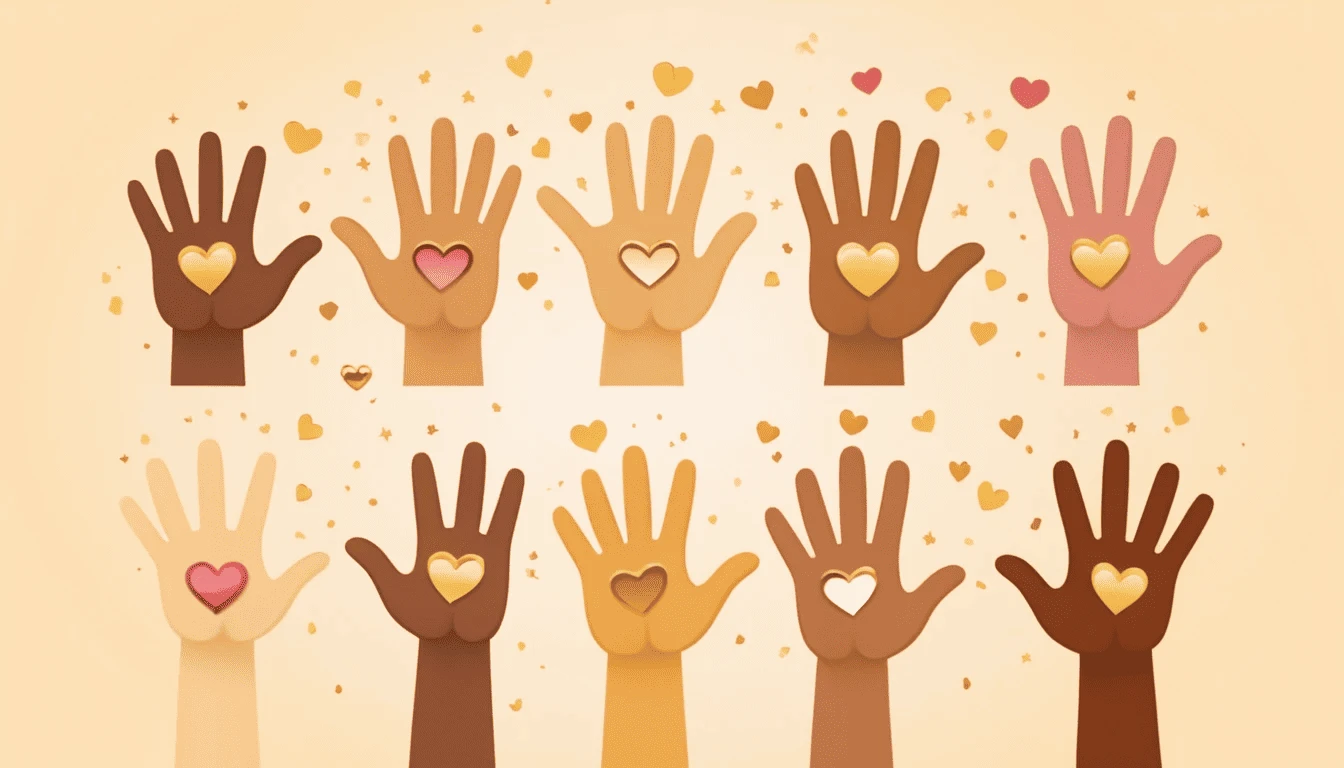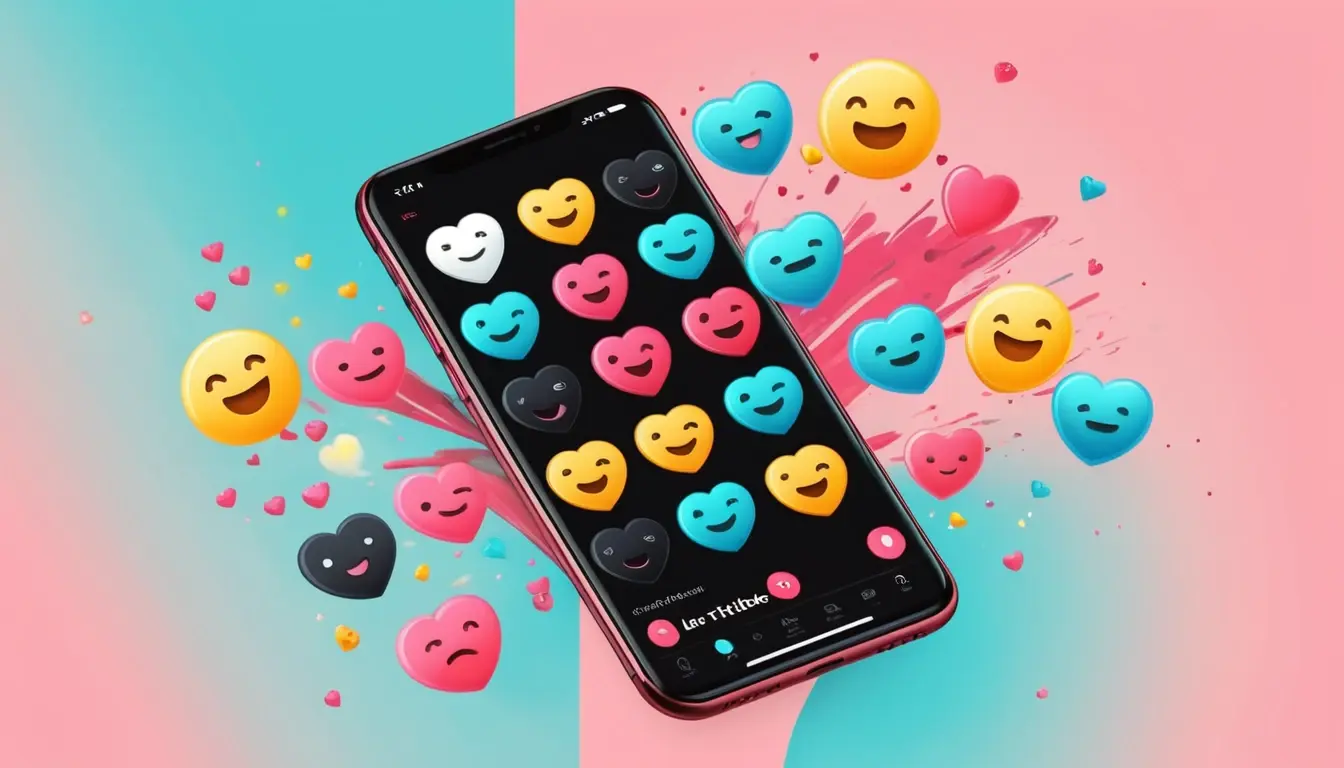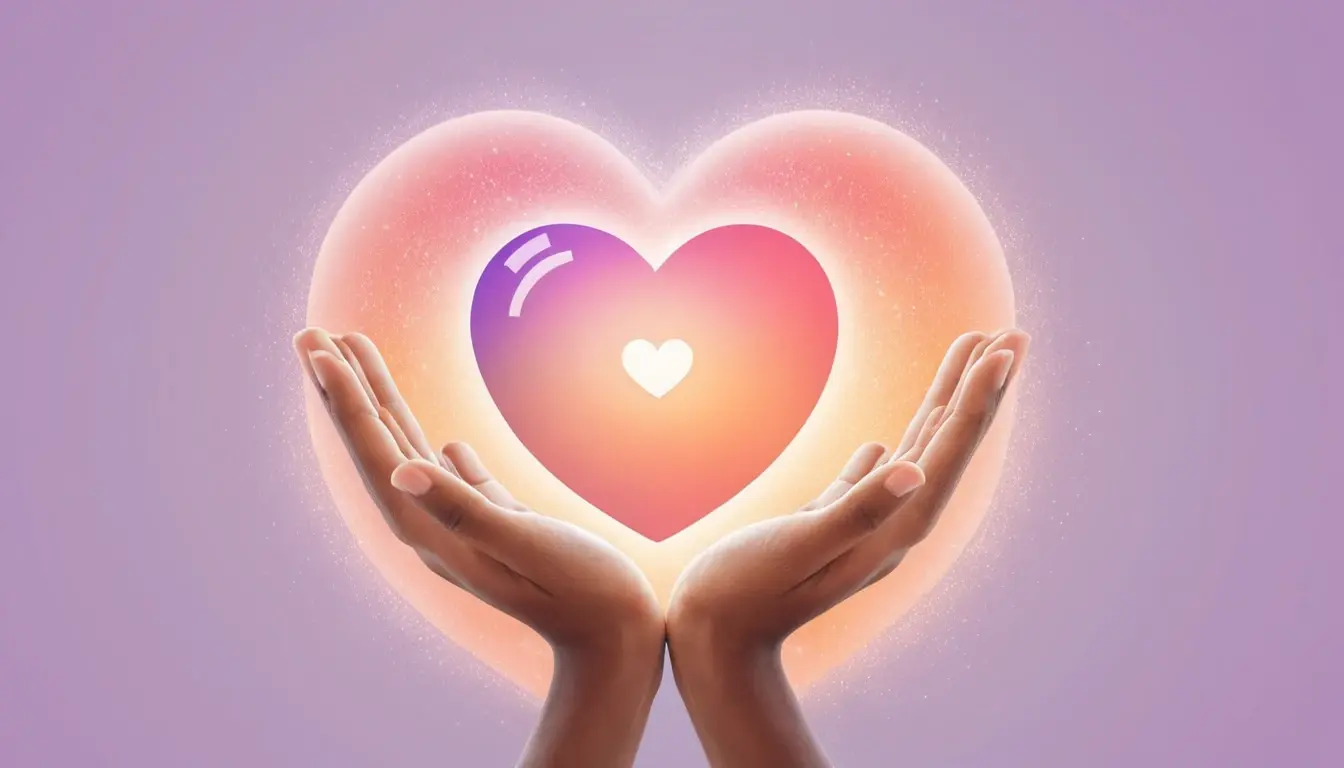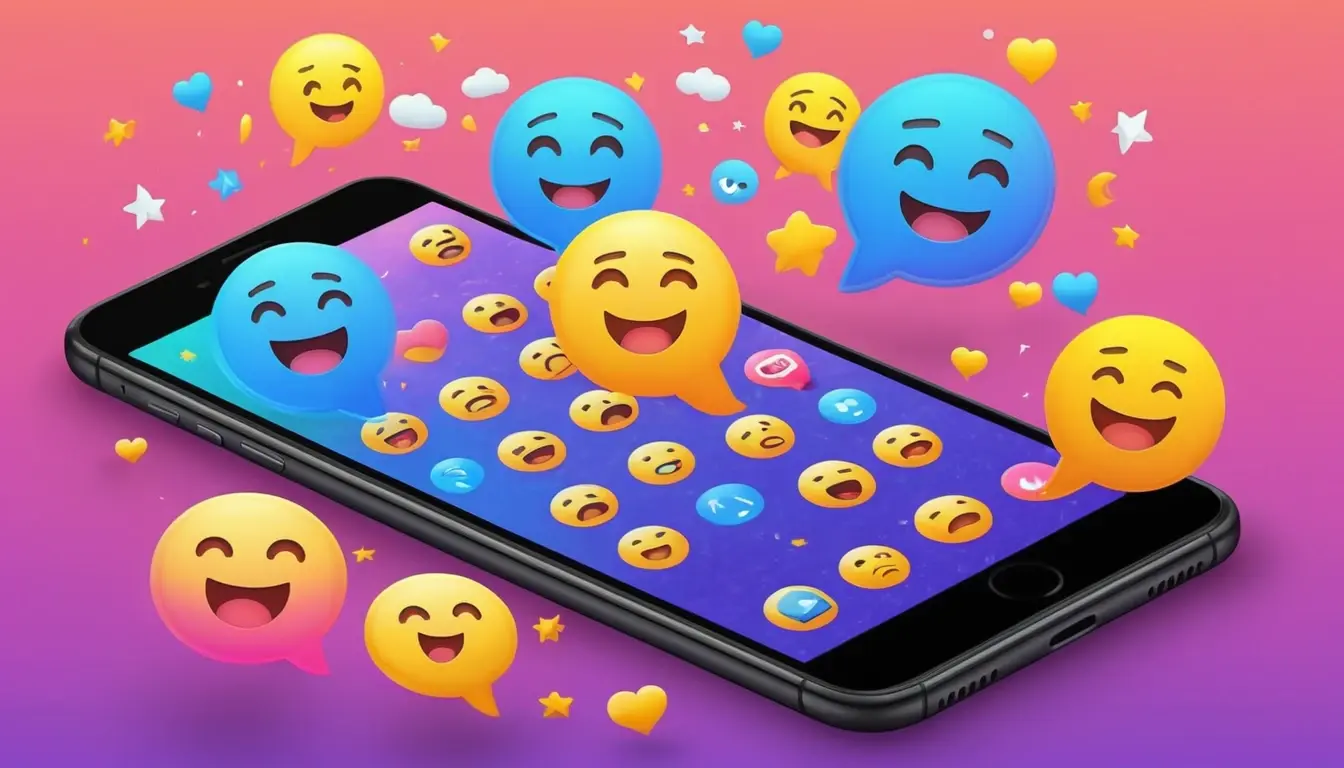
The Story Behind Skin Tone Emojis
From one default yellow tone to a spectrum of shades — here’s how skin tone emojis were introduced, the role of the Fitzpatrick scale, and why they matter for representation.

Senior Emoji Researcher
Digital communication expert and emoji researcher with over 8 years of experience studying how visual symbols shape online conversations. Samantha holds a PhD in Digital Linguistics and has published extensively on emoji usage patterns across different cultures.

From one default yellow tone to a spectrum of shades — here’s how skin tone emojis were introduced, the role of the Fitzpatrick scale, and why they matter for representation.

They started as 12x12-pixel icons on Japanese phones in 1999. Today, emojis are a universal digital language — expressive, emotional, and constantly evolving. Here’s how they went global.

TikTok isn’t just changing trends—it’s changing emoji culture. From 🫢 to 📉, these are the emojis creators are using to say more with less, and how each one is shaping the platform’s emotional language.

The 🫶 emoji is everywhere—but what does it really mean? From soft affection to digital solidarity, we explore why this heart-hands symbol has quietly taken over online conversations in 2025.

From ❤️ to 🫠, these are the emojis dominating 2025—and what they reveal about how we’re feeling, communicating, and emotionally surviving the internet.